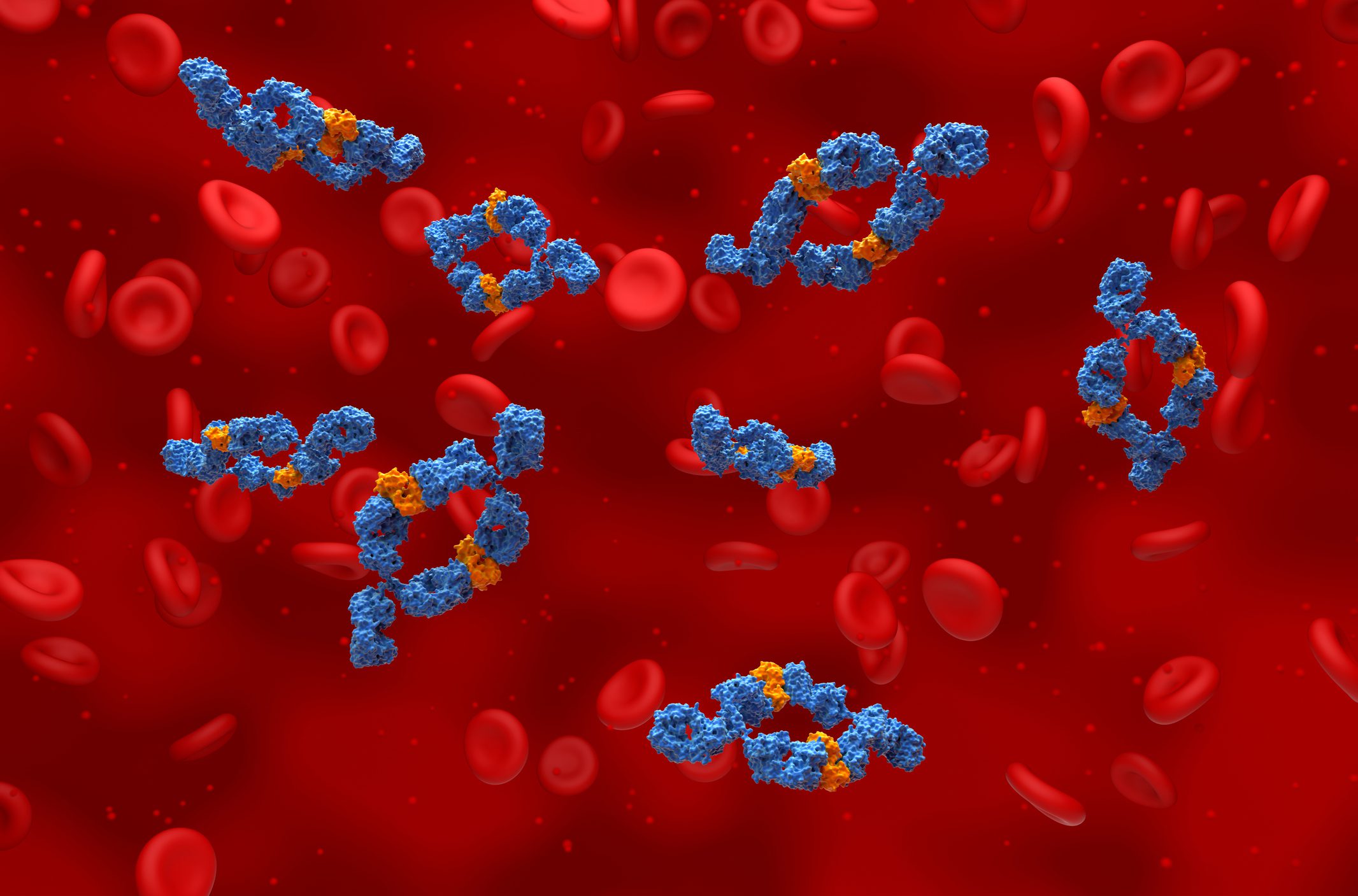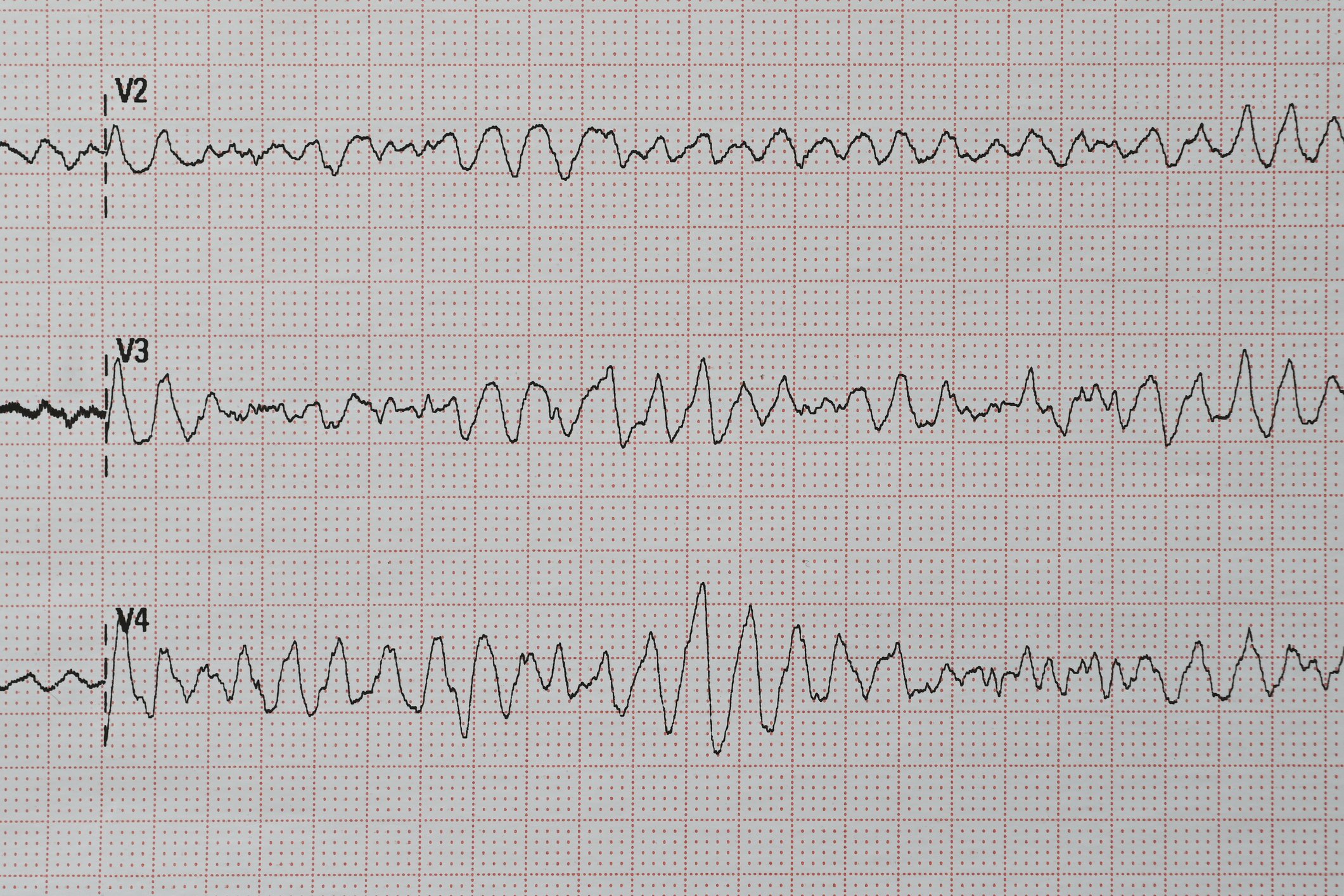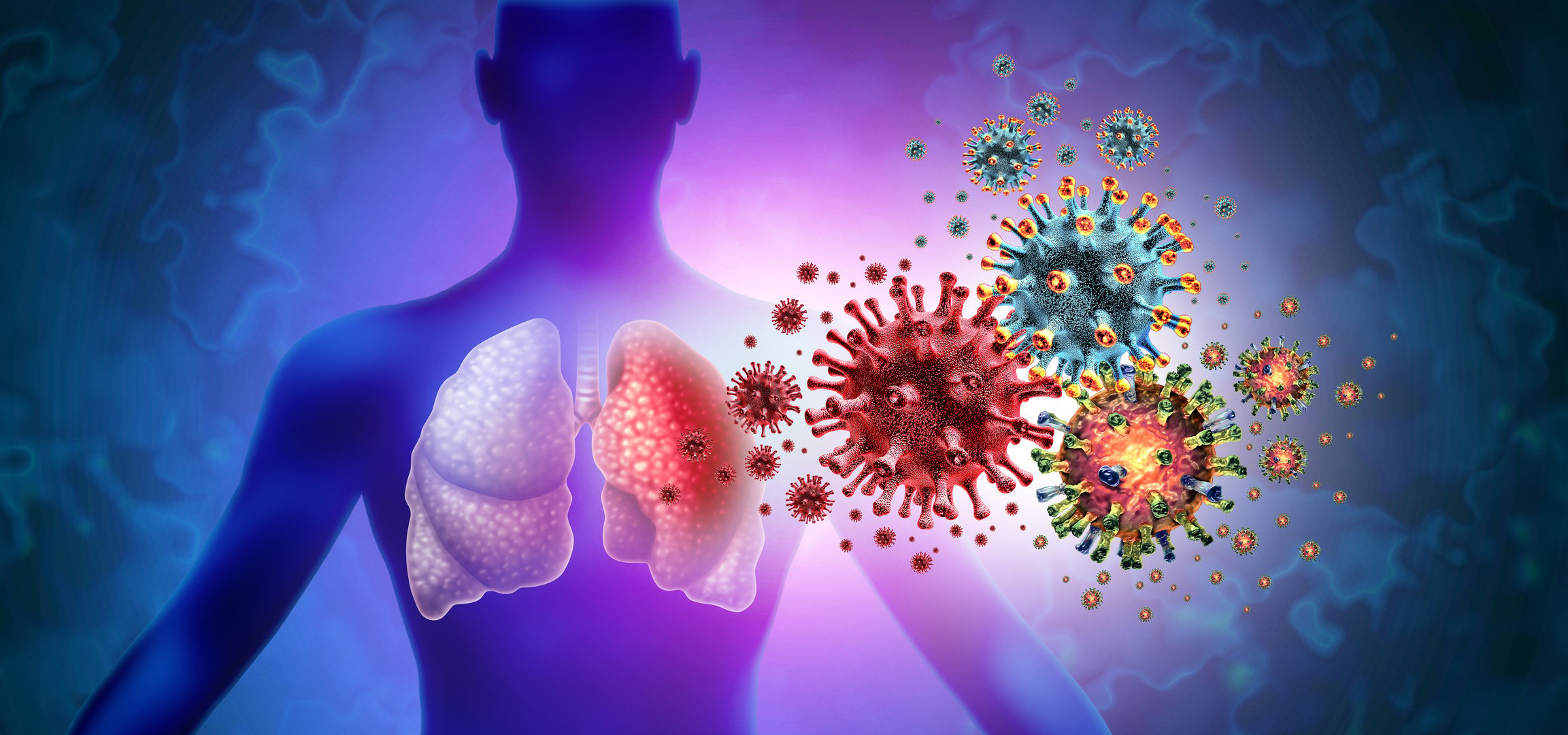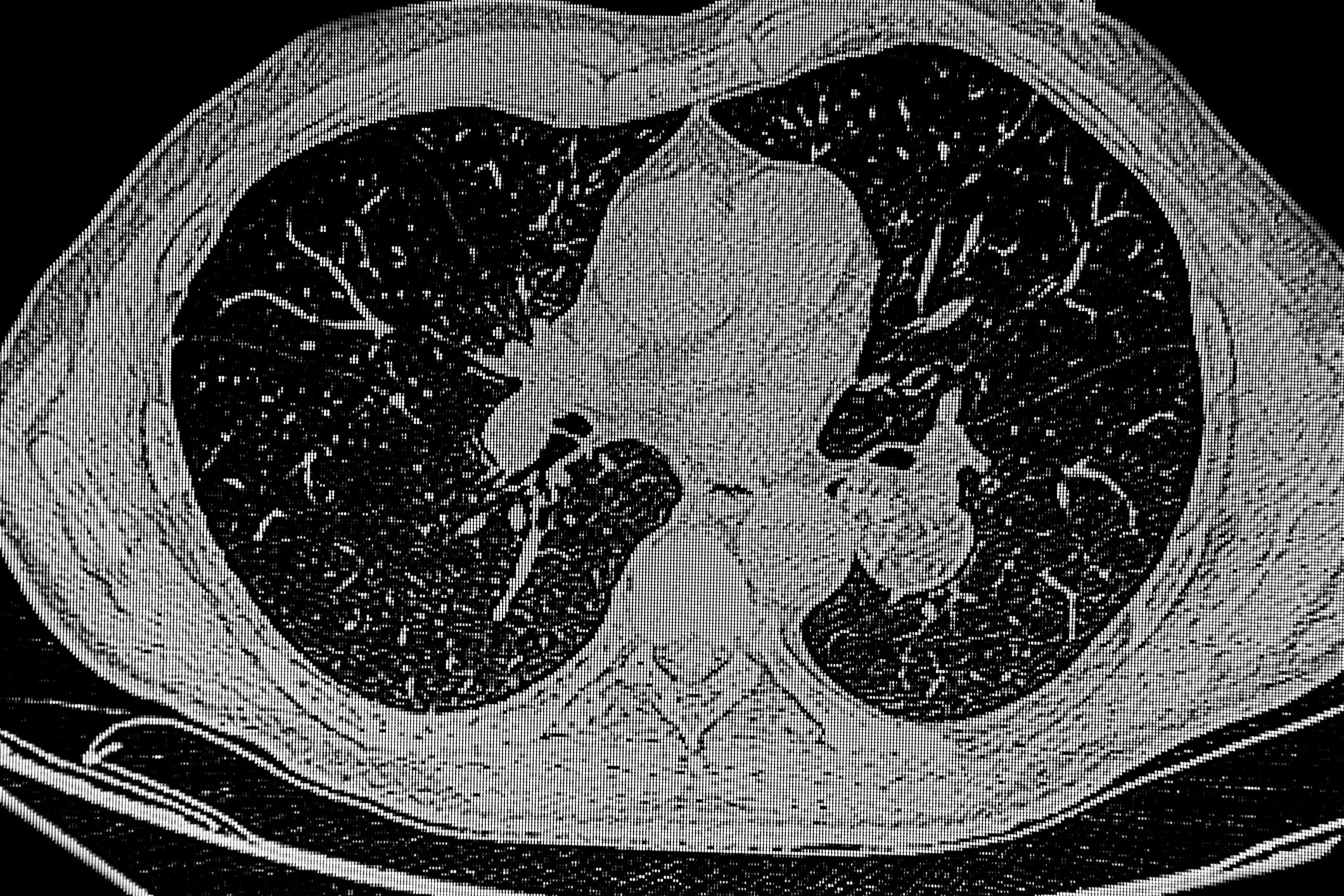After Alzheimer’s disease, Parkinson’s disease is currently the second most common neurodegenerative disease. The majority of those affected are ≥60 years old when it first manifests, but a minority develop the disease at a younger age. With suitable symptomatic therapies, the disease can often be well controlled for years. Consideration of the individual symptom profile is crucial here. A causal therapy does not yet exist, but disease-modifying approaches are being researched.
Autoren
- Mirjam Peter, M.Sc.
Publikation
- HAUSARZT PRAXIS
Related Topics
You May Also Like
- CKD: counteracting kidney progression and reducing the risk of CVD
Targeted intervention through a multifactorial approach
- COPD therapy
Drug therapy – Update 2025
- Atrial fibrillation: interdisciplinary effort is crucial
Managing risk factors and comorbidities in addition to rhythm control
- Casuistry
Hernia turns out to be a 25 cm long Meckel’s diverticulum
- Side effects under opioid therapy
Is it possible to avoid the inevitable?
- Diagnostics of respiratory viral infections
What is tested when and on whom?
- From symptom to diagnosis
Dyspnea – pulmonary hamartomas
- Phobia











